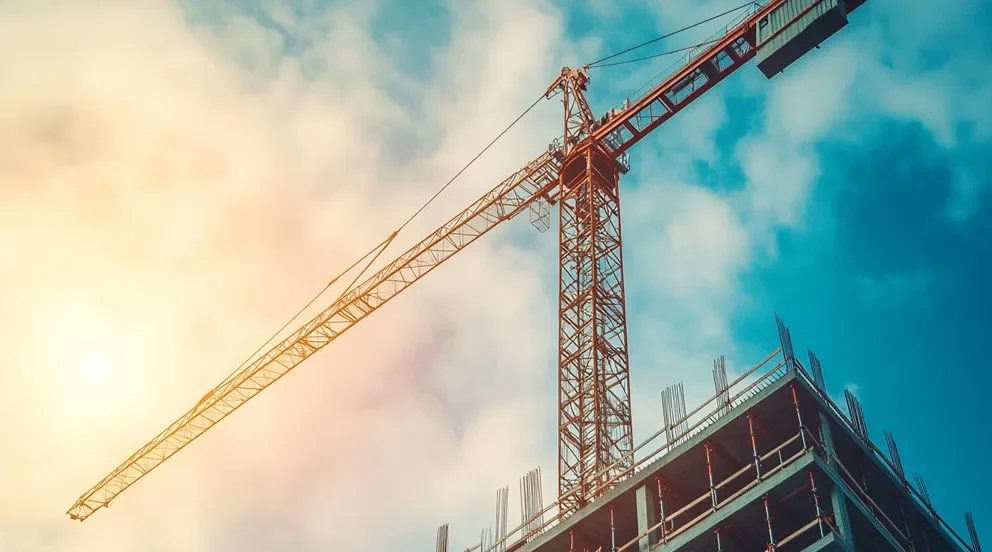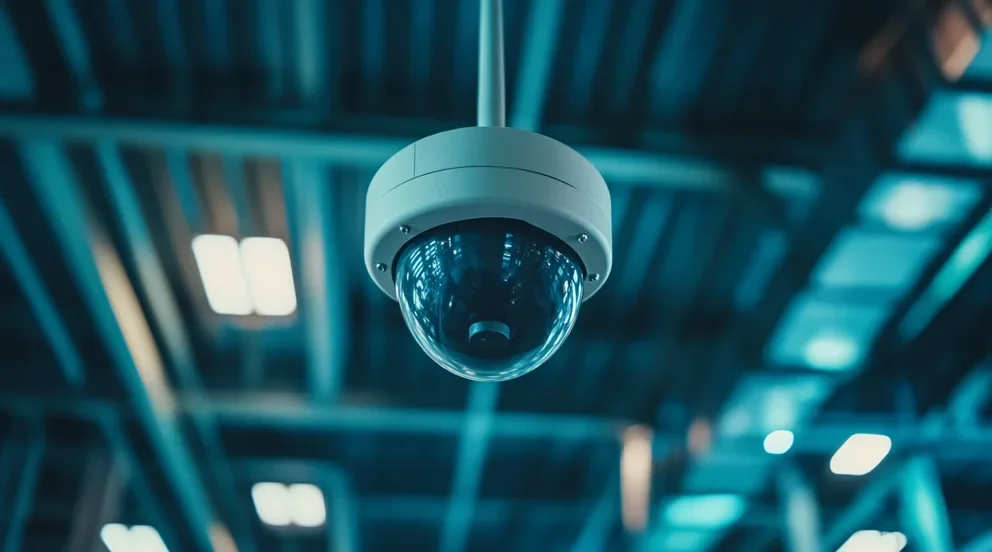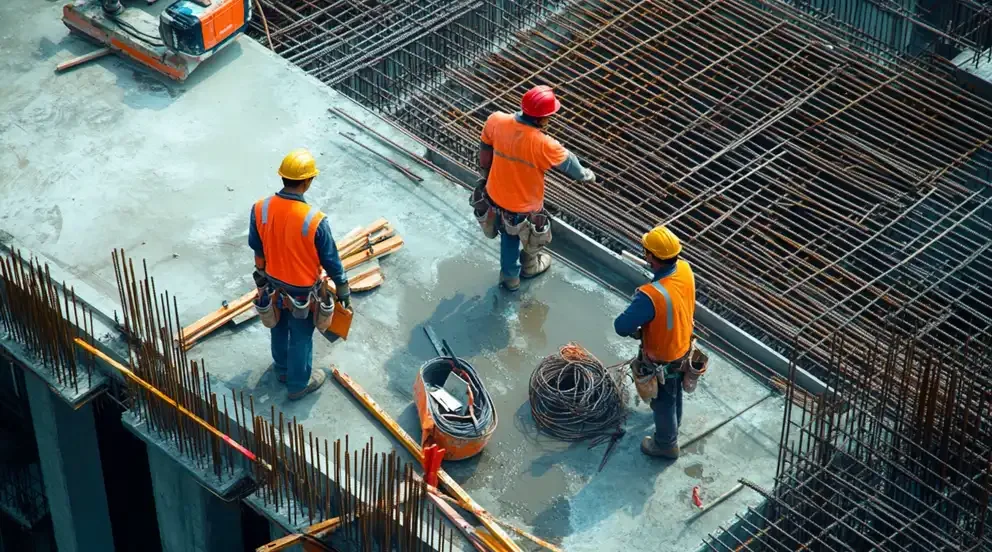R22 refrigerant is a commonly used refrigerant in HVAC systems to control indoor air temperatures. When maintaining a system that uses R22, it is essential to perform regular servicing and inspections to ensure optimal performance.
First, the entire system should be inspected for any potential issues, such as leaking refrigerant. If any leaks are identified, they should be patched or repaired. All airlines, seals, and connections should also be checked for any leaks or wear.
It is also important to regularly clean the condenser coils. Dirty coils can cause a system to become overheated, reducing its efficiency and raising energy costs. Dirt should be cleaned off the coils with an approved cleaner and a soft brush.
The condensate lines should also be checked for any blockages or obstructions that could cause the system to fail. Regularly changing the air filters can protect the condenser coils from dirt, dust, and other contaminants. Failing to clean the filters can cause the system to become unbalanced, compromising its efficiency and performance.
Finally, it is important to regularly add refrigerant as the system begins to lose gas over time. This will ensure that the system is performing at its optimal level. Following these procedures will help maintain an HVAC system that uses R22 refrigerant and keeps its running performance.
Steps to Properly Maintain Systems with R22 Refrigerant
Maintaining systems with R22 refrigerant is necessary to keep them running safely and efficiently. Following these steps is important to ensure proper maintenance of HVAC systems using this refrigerant.
First, inspect the entire system for any potential refrigerant leaks or damage. Patch and repair any leaking refrigerant and ensure all airlines, seals, and connections are checked for potential wear.
Second, clean the condenser coils regularly to prevent dirt buildup and overheating. Remove the dirt from the coils with a soft brush and an approved cleaner.
Third, clear any blockages or obstructions from the condensate line. Change the air filters regularly to protect the condenser coil and keep the system balanced.
Finally, add refrigerant as needed. As the system loses gas over time, additional refrigerant must be added to maintain its optimal level of performance. Following these steps helps ensure proper maintenance of an HVAC system using R22 refrigerant.
Potential Issues When Maintaining Systems with R22 Refrigerant
When maintaining HVAC systems using R22 refrigerant, it is important to be aware of potential issues that can arise while servicing and inspecting the system. Without proper maintenance, these issues can cause the system to fail, resulting in costly repairs.
One potential issue is a refrigerant leak. Refrigerant is a necessary component of the system and any leaks should be patched or repaired immediately. Air leakages can also occur from airlines, seals, and connections and should be checked regularly.
A second potential issue is dirt buildup on the condenser coils. Dirt can cause a system to overheat, reducing its efficiency and increasing energy costs. The condenser coils should be cleaned regularly to prevent dirt from building up.
Blockages or obstructions can also occur in the condensate lines of the system, which should be checked frequently. Strong and effective air filters should also be used and changed regularly to prevent dirt and dust from entering the system.
Finally, the system may lose gas over time, leading to the need for additional refrigerant. Adding refrigerant when needed will ensure that the system is running at its optimal performance. Awareness of potential issues and diligent maintenance will ensure long-term longevity and performance of a system using R22 refrigerant.
Benefits of Maintaining Systems with R22 Refrigerant
Maintaining HVAC systems with R22 refrigerant is an important part of ensuring they continue to operate safely and efficiently. Regular inspections, servicing, and maintenance of R22 refrigerant systems can lead to a multitude of benefits.
First, leaks in the system can be quickly identified and patched to prevent further damage. This ensures that the system is not leaking gas and is safe to operate. Refrigerant leaks need to be addressed in order to maintain the system’s efficiency and performance.
Second, regularly cleaning condenser coils, checking the air filters, and checking for blockages or obstructions in the condensate lines can help prevent a system from becoming unbalanced, deteriorating its performance and energy efficiency. It also ensures the system is operating at its optimal level.
Third, adding refrigerant to the system as needed will help reduce energy consumption. When the system is not running at its optimal level, it can lead to higher energy costs and increased environmental impact. By adding refrigerant, the system can run more smoothly and use less energy.
Finally, a well-maintained R22 refrigerant system can have a longer lifespan than one that is not properly maintained. Proper maintenance and servicing of a system can ensure it continues to run at its best and last for many years.
These are just a few examples of the benefits that can be realized from maintaining HVAC systems with R22 refrigerant. Regular inspection, servicing, and maintenance are necessary to safeguard the system and maximize its life and performance.
Cleaning Condenser Coils When Maintaining Systems with R22 Refrigerant
Regularly cleaning the condenser coils is an important part of maintaining systems with R22 refrigerant. Clean condenser coils are essential for the system to run its best and the process should be completed with caution to avoid damaging the coils.
First, the power to the condenser should be turned off and allowed to cool before starting the cleaning process. Care should be taken to avoid bending, puncturing, or breaking the delicate fins on the condenser.
Using a soft brush and an approved cleaner, carefully remove the buildup on the condenser coil. It is important to avoid any abrasive scrubbing as this can cause damage to the fins. Pressure washers should also be avoided, as these can cause the coils to stretch and corrode over time.
Once the coils have been cleaned, the power should be turned back on and the system inspected to ensure it is running efficiently. Care should be taken to check for any leaks or obstructions in the system.
Tips for Replacing or Patching Leaks When Maintaining Systems with R22 Refrigerant
When maintaining a system with R22 refrigerant, it is essential to repair any leaks immediately. Following these tips when patching or replacing a refrigerant leak will reduce the potential for further damage to the system and help maintain its performance.
When replacing the leak, use an epoxy paste or thread locker to ensure the seal is airtight. This is especially important for connections that are easy to loosen in order to prevent any chance of future leaks. Refrigerant lines should also be checked for any potential puncture damage before any repairs are made.
If the leak is not severe enough to warrant a complete replacement, use a sealant or filler. This should be applied thoroughly and evenly around the affected area to ensure an airtight seal. If working with copper pipes, a solder sealant should be used for long-lasting protection.
Using the right material to patch or replace a leak in a system with R22 refrigerant is essential for maintaining its optimal performance. Using the correct material, technique, and equipment will help prevent future leaks and minimize the need for additional repairs.
Balancing the System When Maintaining Systems with R22 Refrigerant
Balancing a system with R22 refrigerant is essential to ensure it is running at its best. Following these Balancing the system is an important step when Maintaining Systems with R22 Refrigerant.
First, inspect the system for any leaks or blockages and repair these before attempting to balance the system. It is important to use an approved sealant in any leak repairs to ensure a secure airtight seal.
The refrigerant pressure of the system should be checked next to ensure the correct amount of gas is in the system. This should be checked before and after any leak repairs and at regular intervals during maintenance.
The air velocity of the system must also be checked. This should be done to make sure the air is evenly distributed across the system and that all components are running at their optimal levels.
Finally, the temperature difference between the supply and return air should be measured and adjusted as necessary. If the system is found to be unbalanced, the supply and return dampers should be adjusted to achieve the desired temperature differential.
By following these tips, it is possible to balance the system when maintaining systems with R22 refrigerant. Doing so ensures that the system is running at its optimal performance and is able to provide the desired cooling or heating.
Impact of Dirty Air Filters on Systems with R22 Refrigerant
Failure to regularly replace air filters can lead to many issues in systems using R22 refrigerant. This type of refrigerant requires a seal between the evaporator coils and the compressor, which is maintained by the air flow. Dirty air filters can cause a number of problems for these systems.
First, filter can block airflow and reduce the efficiency of the system, leading to higher energy costs. Without proper air circulation, the system will struggle to keep the seal tight and will cause refrigerant levels to drop. This can lead to a build-up of pressure that can cause damage to the system’s other components.
Second, dust and other contaminants can build up on the evaporator coils, leading to corrosion and a decrease in efficiency. This can increase the running costs and reduce the system’s overall lifespan. It is important to replace the air filters regularly, as this will protect the evaporator coils and keep the system running smoothly.
Finally, dirty air filters can make the system unbalanced and can cause it to cycle on and off too frequently. This can cause additional wear and tear on the system’s components, leading to increased repair and maintenance costs.
Dirty air filters can have a major impact on systems that use R22 refrigerant. Regularly replacing the filters and cleaning the evaporator coils can help minimize these negative effects and keep the system running safely and efficiently.
Preventing blockage in Condensate Lines When Maintaining Systems with R22 Refrigerant
Blocked condensate lines can cause significant damage to HVAC systems using R22 refrigerant. To avoid this, preventive measures should be taken when maintaining the system.
First, dirt and debris should be carefully removed from the condensate line. A soft-bristle brush or vacuum can be used to gently remove the buildup without damaging the line. Pushing objects through the line should be avoided to prevent any obstruction.
Second, the air filters should be examined regularly and replaced when needed. This eliminates airborne particles from entering the system and causing a blockage. The filters should also be cleaned and inspected for any buildup on them.
Third, chemicals and solvents should not be used on the condensate lines. These can cause corrosion and lead to blockages in the line, and in some cases, can even dissolve sections of the pipe.
Finally, the condensate pipe should be inspected for any leaks that could cause a blockage. If any areas are found to be leaking, they should be repaired immediately to prevent any additional damage to the system.
Following these tips can help prevent blockages when maintaining systems with R22 refrigerant. Taking preventative steps will ensure that the system continues to run safely and efficiently for many years to come.
Adding Refrigerant When Maintaining Systems with R22 Refrigerant
Adding refrigerant to an R22 refrigerant system is an important part of maintaining its performance and efficiency. To avoid any issues, it is important to follow certain precautions when adding refrigerant.
First, the system should be examined for any signs of leaks. All pipes must be inspected for any damage or corrosion prior to adding refrigerant.
Second, the type of refrigerant should be confirmed before adding any to the system. R22 refrigerant is designed to operate best in specific systems and using the wrong type could cause damage and reduce efficiency.
Third, the system should be evacuated before adding the refrigerant. This is necessary to remove any moisture or air from the system that could lead to compressor failure or form an uneven distribution of the gas.
Finally, once the refrigerant is added, the pressure levels should be checked to ensure the system is balanced. This should be done before and after adding the refrigerant to ensure the desired levels are maintained.
Following these tips when adding refrigerant to systems with R22 refrigerant will ensure the system is running safely and efficiently. Proper maintenance of an R22 system is essential to extend its life and performance.
Key Takeaways
When maintaining systems with R22 refrigerant, it is essential to service and inspect the system regularly to ensure optimal performance. Regular inspections should be done on the entire system, the condenser coils, and the condensate lines. Additionally, air filters should be replaced often and refrigerant should be added as the system loses gas over time.
Common issues to be aware of when maintaining systems with R22 refrigerant include refrigerant leaks, dirt buildup, and blocked condensate lines. Leaks should be patched or replaced immediately and dirt buildup should be cleaned off of the condenser coils with an approved cleaner and a soft brush. Any blockages or obstructions in the condensate line should also be addressed.
Maintaining systems with R22 refrigerant can have numerous benefits, such as reducing energy consumption and increasing efficiency. A well-maintained system can also have a longer lifespan and prevent costly repairs.
When cleaning the condenser coils, the power should be turned off and the fins should be carefully brushed with an approved cleaner and a soft brush. The power should only be turned back on after the coils have been thoroughly cleaned and inspected.
When patching or replacing a leak in the system, the right material and technique should be used to ensure an air-tight seal. When balancing the system, the pressure levels, air velocity, and the temperature difference between the supply and return air should be checked and adjusted as needed.
Finally, dirty air filters can cause a system to become unbalanced, increase energy costs, and reduce the system’s lifespan. Cleaning the condensate line and regularly replacing the air filters is essential to maintain the functionality of a system with R22 refrigerant.
When following these key takeaways, optimal performance and efficiency levels can be maintained from a system using R22 refrigerant. Through careful inspections, servicing, and maintenance, an R22 refrigerant system can last for many years.



